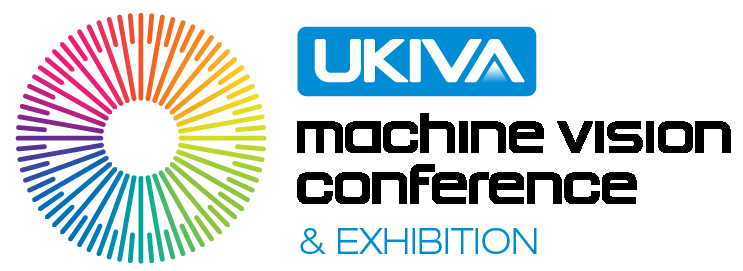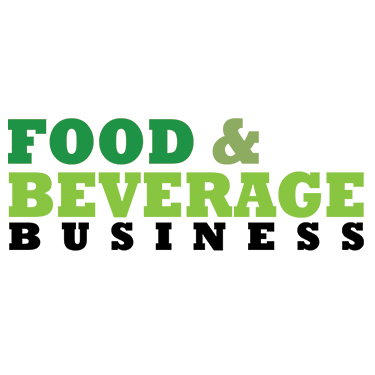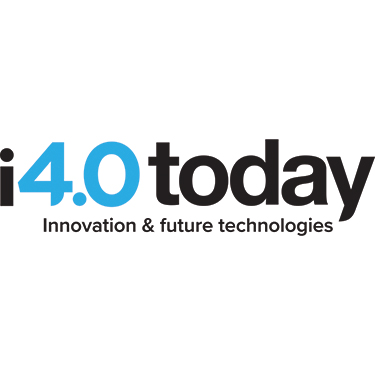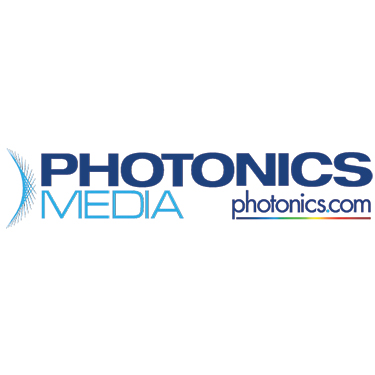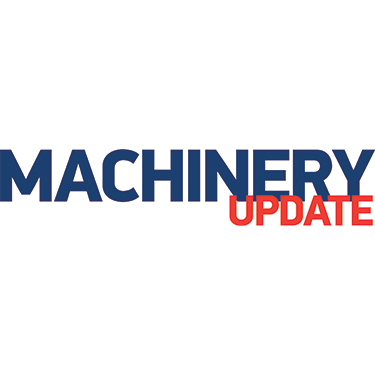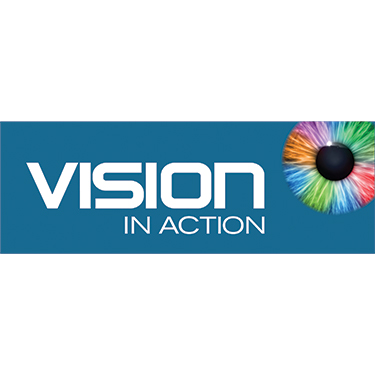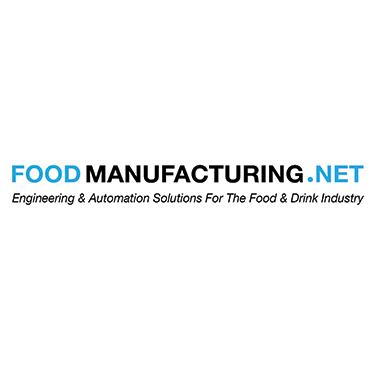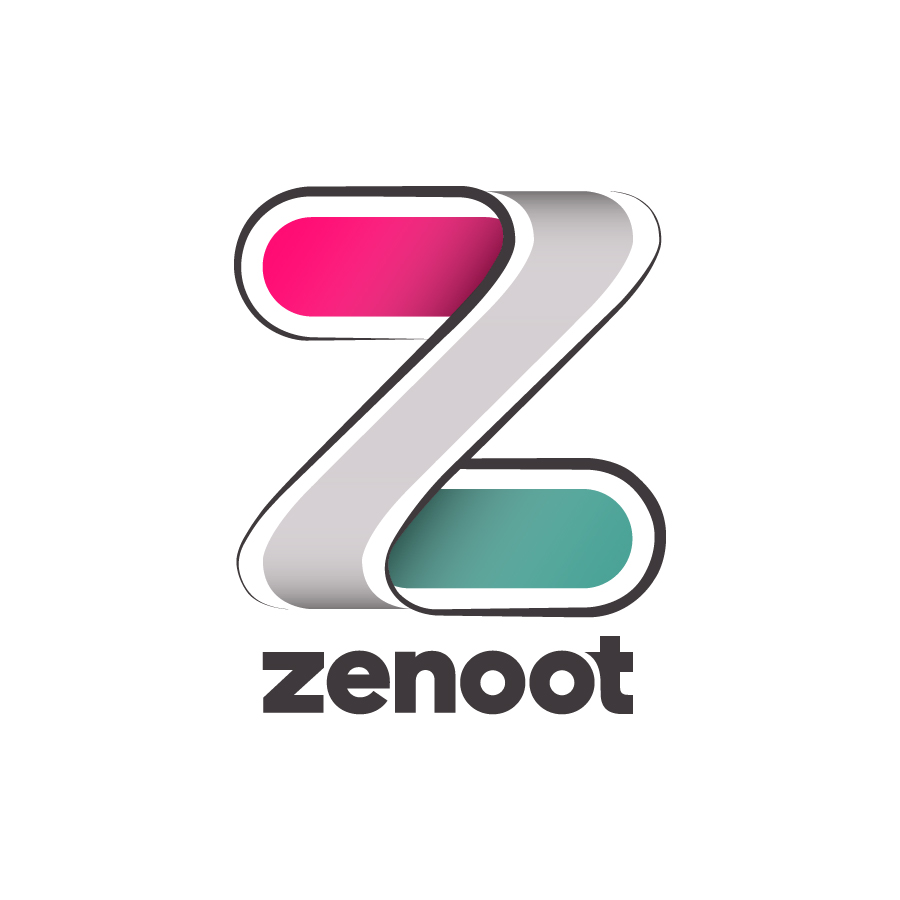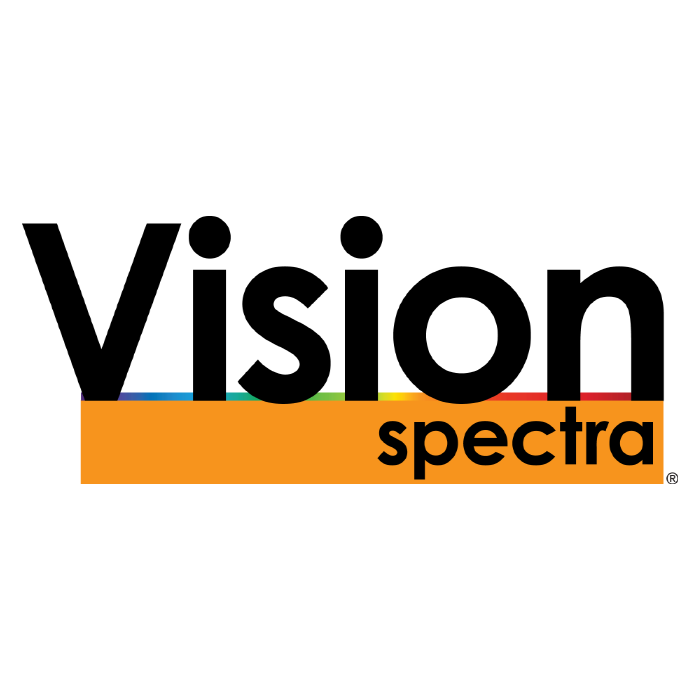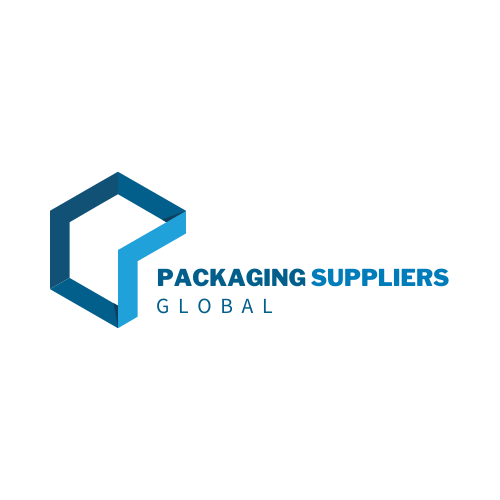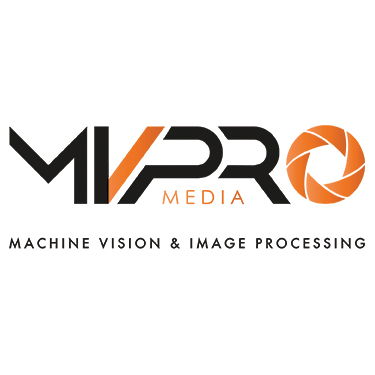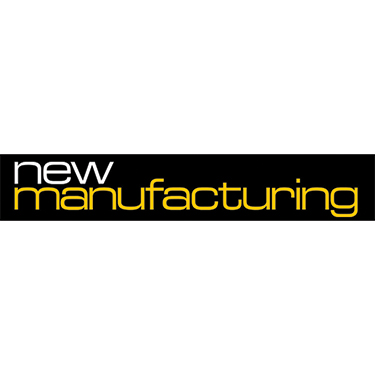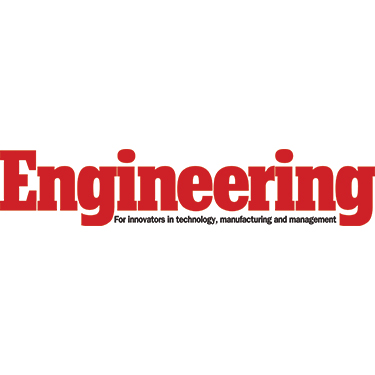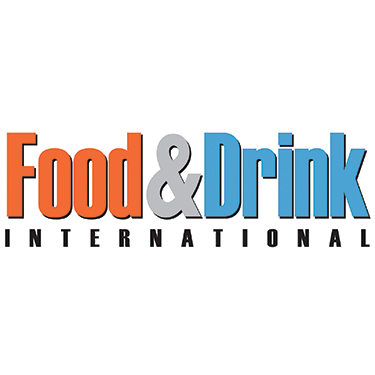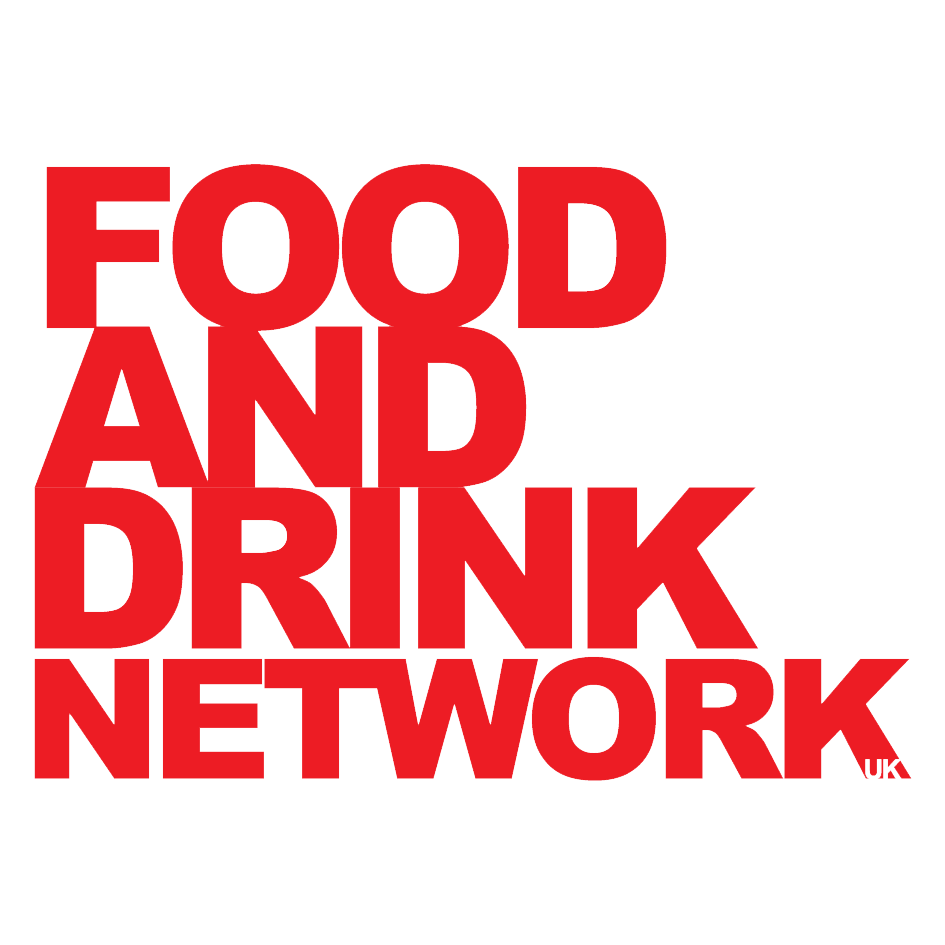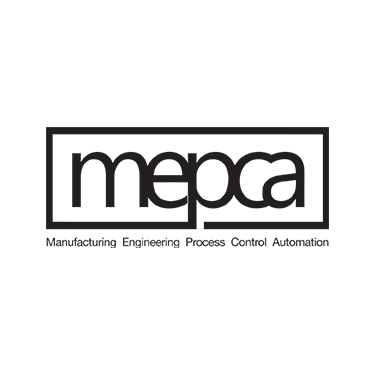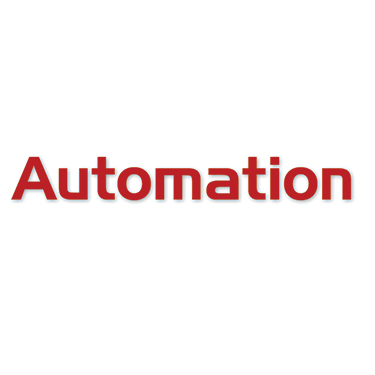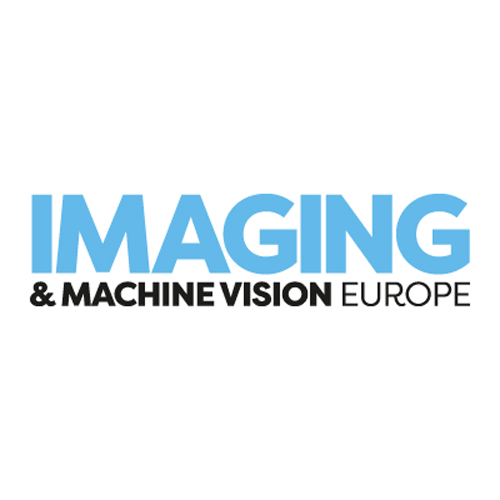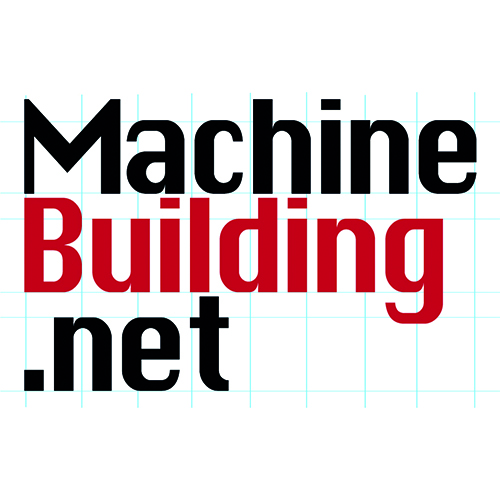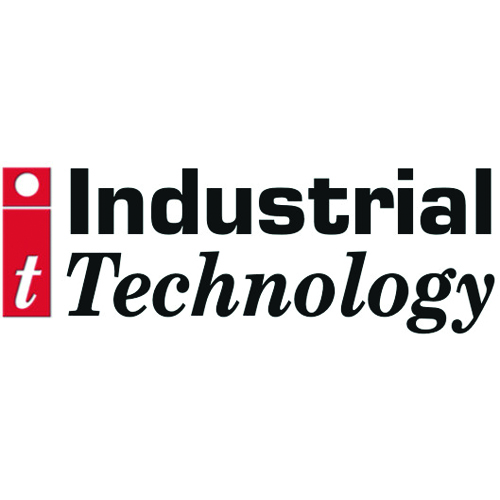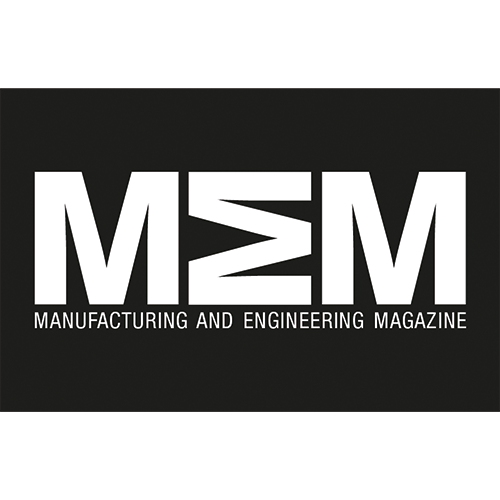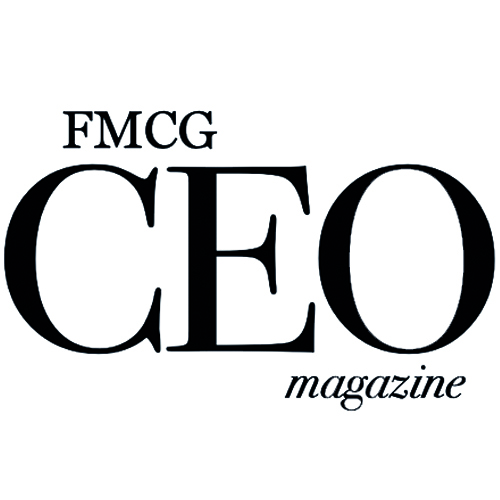Getting things right
Vision technology can offer food manufacturers a competitive advantage. It opens up possibilities in quality assurance that were previously impossible to implement, including inspection of the food product itself, inspection of food packaging integrity to avoid premature spoilage and inspecting food labelling for accuracy. Newer technologies such as hyperspectral imaging are likely to have a big impact in the future.
Controlling the product
Vision can be used in the processing of virtually any food, living, grown or manufactured. In almost every case it is carrying out previously labour intensive tasks as diverse as the vaccination of live fish to the checking of pizza for shape, size, edge defects, holes, and the presence and distribution of the correct toppings, using both 2D and 3D imaging. Vision can also be integrated into slicing equipment for portion control for products such as bacon, cheese and ham in order to maximise the on-weight percentages and minimise giveaway.
Sustainability
Sustainability is a critical aspect concerning food producers in the UK today. A report by WRAP (Waste and Resources Action Programme) has estimated that up to 480,000 tonnes of food is wasted in the UK each year because of poor seals in packaging. Up to 24% of all packs are “at risk of failure” yet only 1% were detected in the factory using conventional means. Not only is this food wasted, but its carbon footprint is made worse by having to be then transported for disposal. Vision can be combined with existing methods to radically improve the detection of poor seals. For example, thermoformed and top sealed trays can be pressure-tested for integrity. However if food has become trapped in the seal itself, the pack may pass that test but leak later as the trapped food dries and shrinks. Vision systems can be used to identify packs with food trapped in the seals.

Food labelling
The correct labelling is vitally important for the consumer with regards to allergen information, ‘use-by’ dates and other data such as price, weight, country of origin etc. With the costly penalties imposed by supermarkets for incorrectly labelled and presented products, there are signs that the food industry will follow the pharmaceutical industry in terms of traceability. Here, however, the entire label needs to be verified. This includes the artwork, any promotional ‘flashes’ as well as 1D/2D barcode verification, overprinted coding, date and time verification and printed text verification. The need for 100% inspection makes vision essential essential and a vision system can yield a very quick return on investment.
